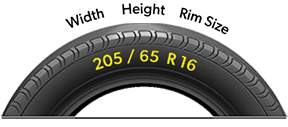Essential Guide to Car Dashboard Symbols and Warning Lights
Your car's dashboard is like a communication hub, and its symbols are its way of talking to you. These common signs convey vital information about your vehicle's health and status. Understanding these symbols can mean distinguishing between a safe journey and an unexpected breakdown.
The most common car dashboard symbols include:
- Check engine light
- Oil pressure warning light
- Engine temperature warning light
- Battery warning light
- Seat belt reminder light
- Brake warning light
- Low fuel indication light
- Transmission temperature warning light
- ABS warning light
- Door opening warning light
Let's discuss what these different lights and symbols mean.
Understanding Car Dashboard Symbols and Meanings
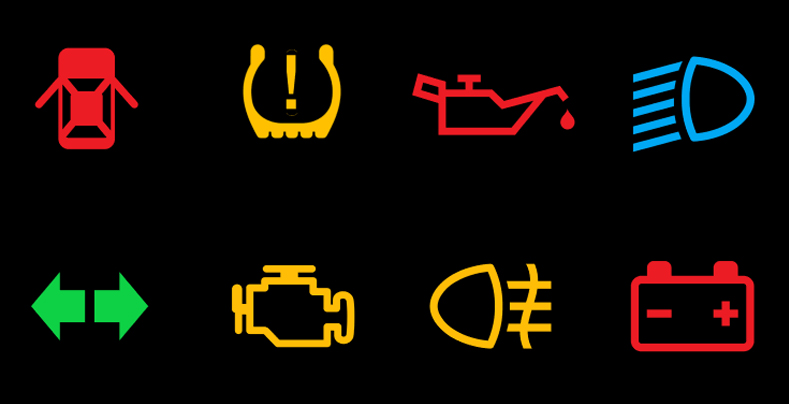
There are three basic types of dashboard symbols:
- Red warning lights indicate a serious problem that requires immediate action.
- Yellow/amber warning lights indicate a potential problem that should be addressed immediately.
- Green/blue information lights provide general information about the car's systems.
Red Warning Lights
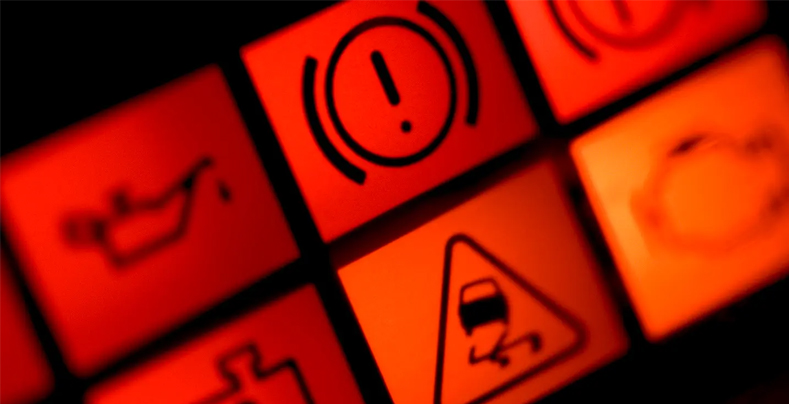
The most important dashboard symbols are the red warning lights. These lights indicate a serious problem that could cause damage to your car or put you and your passengers at risk.
If you see a red warning light, you should pull over and stop your car as soon as it is safe. Some of the most common red warning signs include,
- Engine Light: The engine light indicates a problem with the engine. The problem could be anything from a minor issue to a major malfunction.
- Oil Pressure Light: Oil pressure light points to low oil pressure in the engine. This can cause serious damage to the engine if it is not examined immediately.
- Battery Light: The battery light shows that the battery is not charging properly. This can cause problems with the electrical system of your car.
- Coolant Temperature Light: This light indicates that the coolant temperature in the engine is too high. Running a car without coolant can cause serious damage.
- Brake System Light: This sign conveys a problem with the brake system, or you need new brake pads.
Yellow/Amber Warning Lights
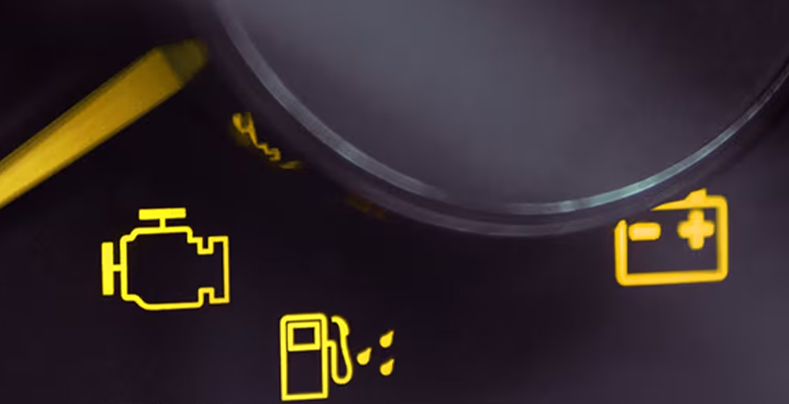
Yellow or amber warning lights indicate a potential problem that should be addressed immediately. However, these problems are not usually as serious as those indicated by red warning lights.
Some of the most common yellow/amber warning lights include:
- Tire Pressure Monitoring System (TPMS) Light: This light signifies that one or more tires are low on air.
- ABS Light: ABS lights tell that the anti-lock braking system is not working properly.
- Airbag Warning Light: This light points toward a problem with the airbag system.
- Traction Control Light: This light indicates that the traction control system is malfunctioning.
- Fuel Indicator Light: This light indicates that the fuel level in the tank is low.
- Temperature Warning Light: This light indicates that the engine or transmission temperature is too high.
Green/Blue Information Lights
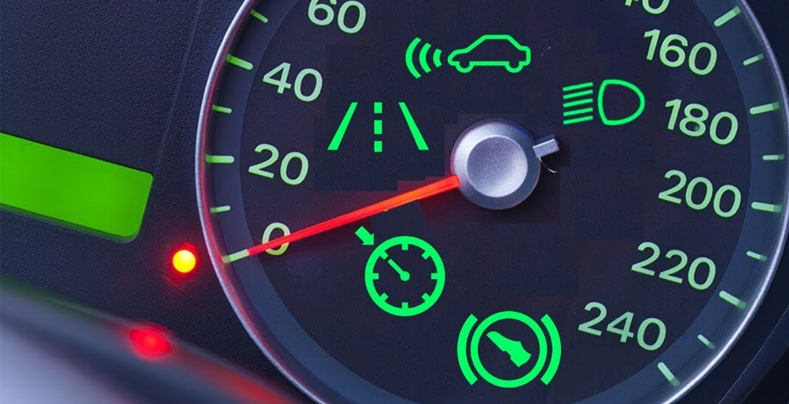
Green or blue information lights provide general information about the car's systems. These lights are not usually cause for concern.
Some of the most common green/blue information lights include:
- Oil Change Reminder Light: This light indicates that it is time to change the oil in the engine.
- Washer Fluid Indicator Light: This sign indicates a low washer fluid reservoir.
- Headlight Indicator Light: This light represents that the headlights are on.
- Fog Light Indicator Light: This light indicates the fog lights are on.
- A/C Indicator Light: This light shows that the air conditioning system is on.
What to Do When the Dashboard Light Comes on?
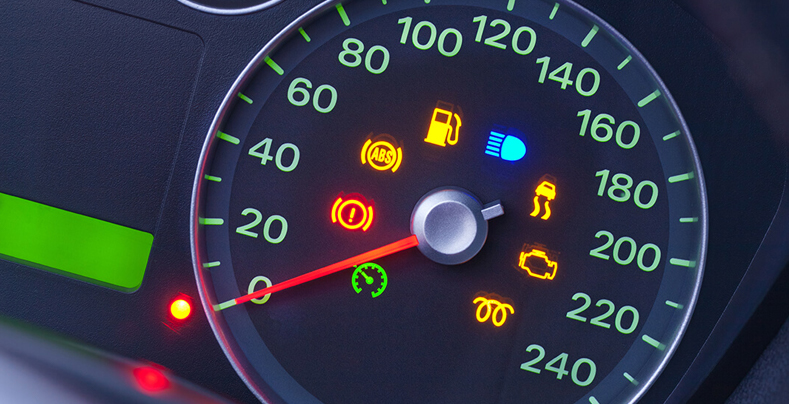
You do not need to panic if you see a warning light on your car’s dashboard. You can follow the below steps to handle such a situation,
- Pull over your car and inspect what the symbol is showing you. It can be an engine oil issue or a temperature issue. You can use the Car’s manual to access the symbol.
- You should head towards the car maintenance shop if there is a major issue.
- Get your car examined by a professional mechanic.
FAQs
Can I drive with the check engine light on?
No, you should not drive with the check engine light on. The check engine light is a warning light that indicates a problem with your car's engine or emissions system.
What are some of the most common dashboard warning lights?
The list of most common dashboard warning lights includes
- Check engine light
- Oil pressure light
- Battery light
- Engine Temperature light
- Low fuel light
- Brake light
- Seat belt light
What does it mean if my dashboard warning light is on?
This means that there is a problem with your car. The severity of the problem will depend on the color of the light.
What does the oil pressure light mean?
The oil pressure light indicates that the oil pressure in your car's engine is low.
Where to get car repair services?
If you seek car repair services in the UAE, visit PitStopArabia. We at PitStopArabia provide you with the best car repair services at affordable prices.



